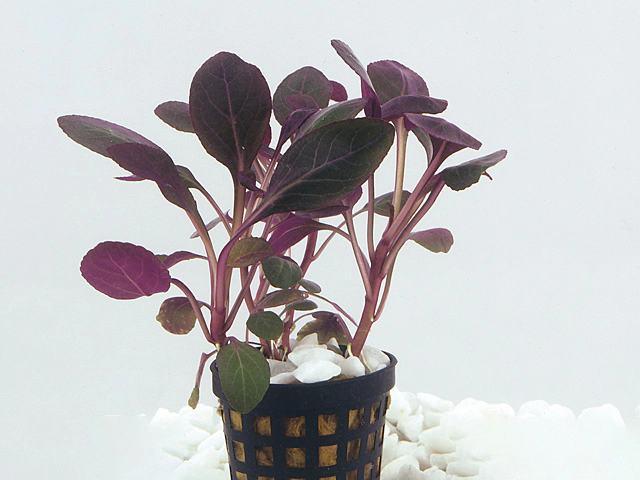Lobelia cardinalis

| Leaf tip | Blunt/obtuse |
| Leaf margin | Erose |
| Winter hardness | Excellent (USDA-zone 1,2,3,4) |
| Flower color | Red |
| Leaf, general shape | Obovate (reversed egg-shaped) |
| Plant height | 90 - 100 cm |
| Flowering month(s) | July; August; September |
| Leaf size | 5 - 7,5 cm |
| Light conditions | Sunny; Semi-shades |
| Leaf, main color | Medium brown |
| Leaf colour, pattern | Unicolored |
| Toxicity (if consumed) | Toxic |
| Moisture requirements | Moist |
Lobelia cardinalis, also known as Lobelia, is a beautiful plant characterized by its stunning red flowers and obovate-shaped leaves. This plant is highly valued for its excellent winter hardiness, being able to thrive in USDA-zones 1, 2, 3, and 4.
One of the distinctive features of Lobelia is its blunt or obtuse leaf tips and erose leaf margins. The leaves, measuring between 5 to 7.5 cm in size, have a medium brown coloration, and they are unicolored, lacking any patterns or variegation. When fully grown, Lobelia reaches a height of approximately 90 to 100 cm, making it an eye-catching addition to any garden or landscape.
Lobelia is renowned for its vibrant red flowers, which bloom during the months of July, August, and September. These flowers add a pop of color to the surroundings, attracting pollinators such as bees and butterflies. The plant thrives under sunny or semi-shaded light conditions, making it versatile in terms of placement in various garden settings.
It is important to note that Lobelia is toxic if consumed. Therefore, caution should be exercised to prevent ingestion by children or pets. Additionally, Lobelia appreciates moist conditions, making it suitable for areas that receive adequate rainfall or where regular watering is possible.
In summary, Lobelia cardinalis is a visually striking plant that adds beauty and color to any landscape. With its red flowers, obovate leaves, and excellent winter hardiness, Lobelia is an excellent choice for gardeners in USDA-zones 1, 2, 3, and 4. Just remember to take precautions regarding its toxicity if consumed and provide it with the moisture it needs to thrive.
Market availability index by month:
| Jan. | Feb. | Mar. | Apr. | May | Jun. | Jul. | Aug. | Sep. | Oct. | Nov. | Dec. |
|---|---|---|---|---|---|---|---|---|---|---|---|
| - | - | 3 | 4 | 4 | - | 4 | - | - | - | - | - |